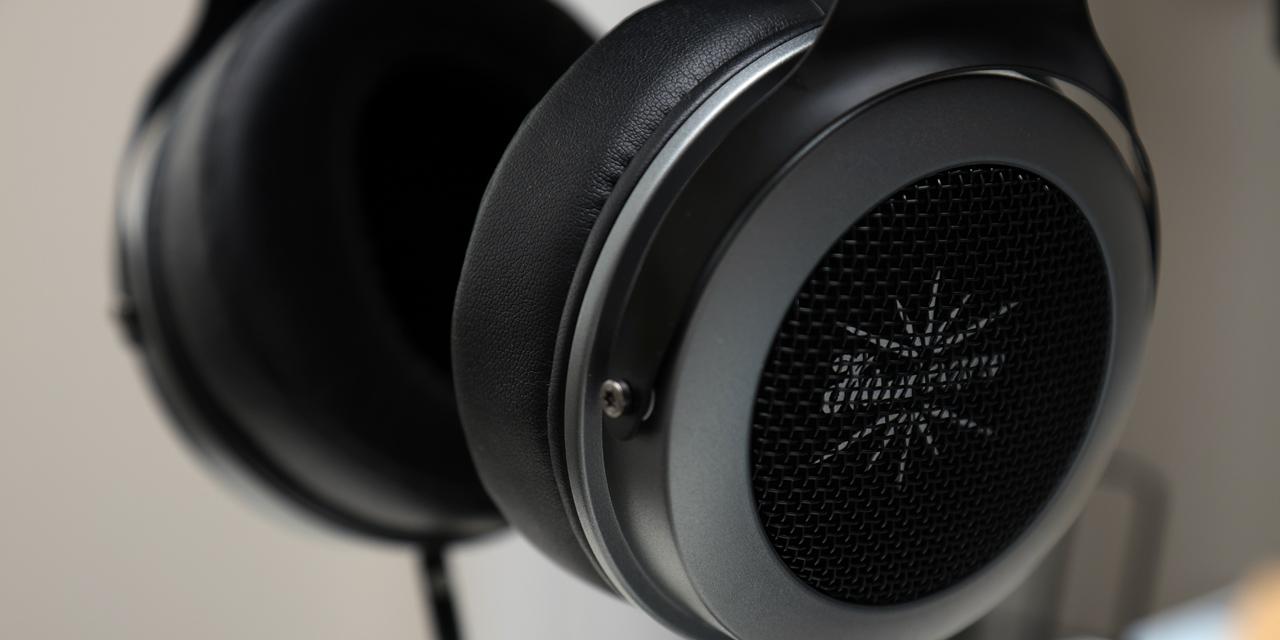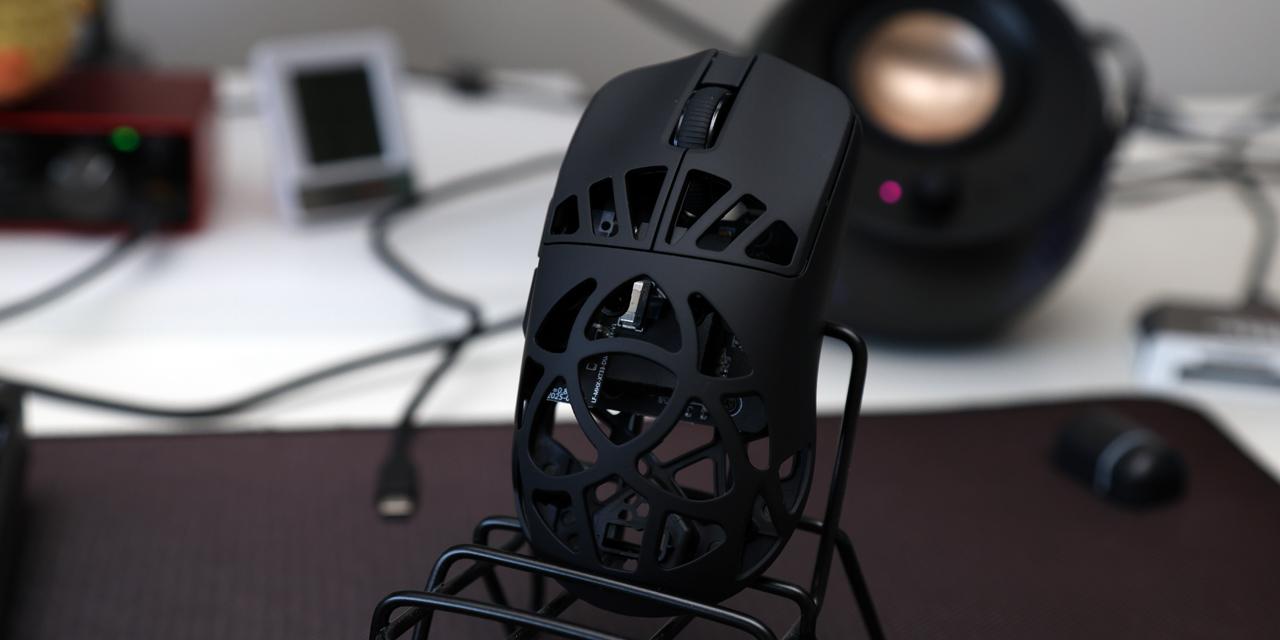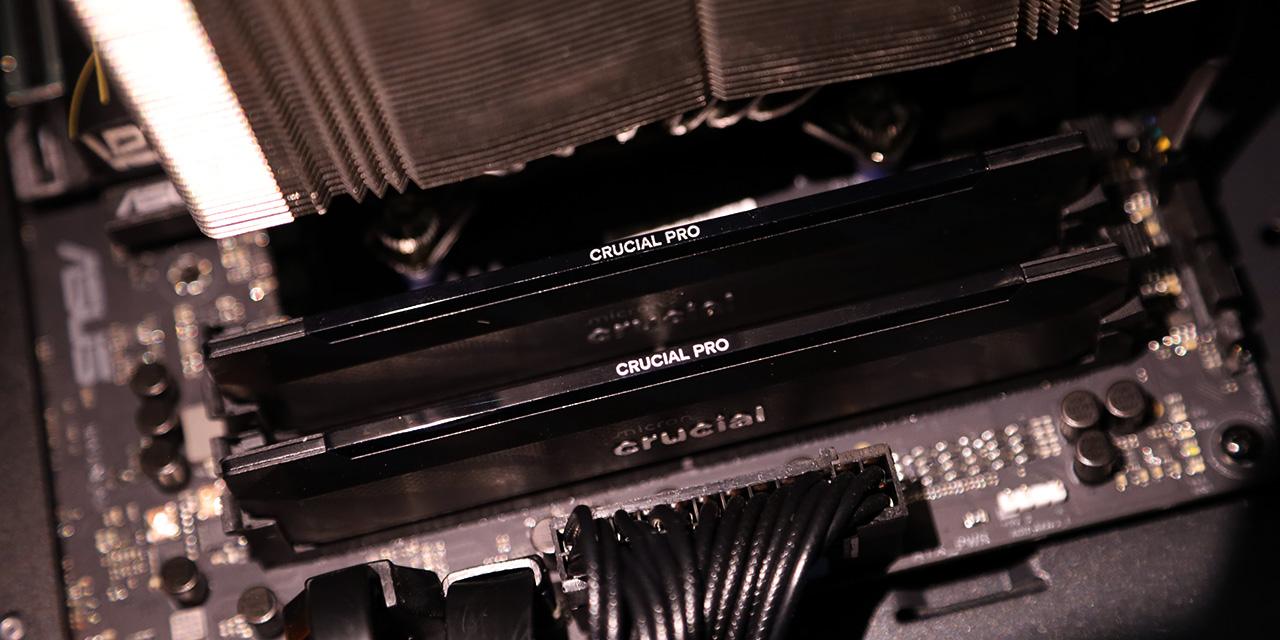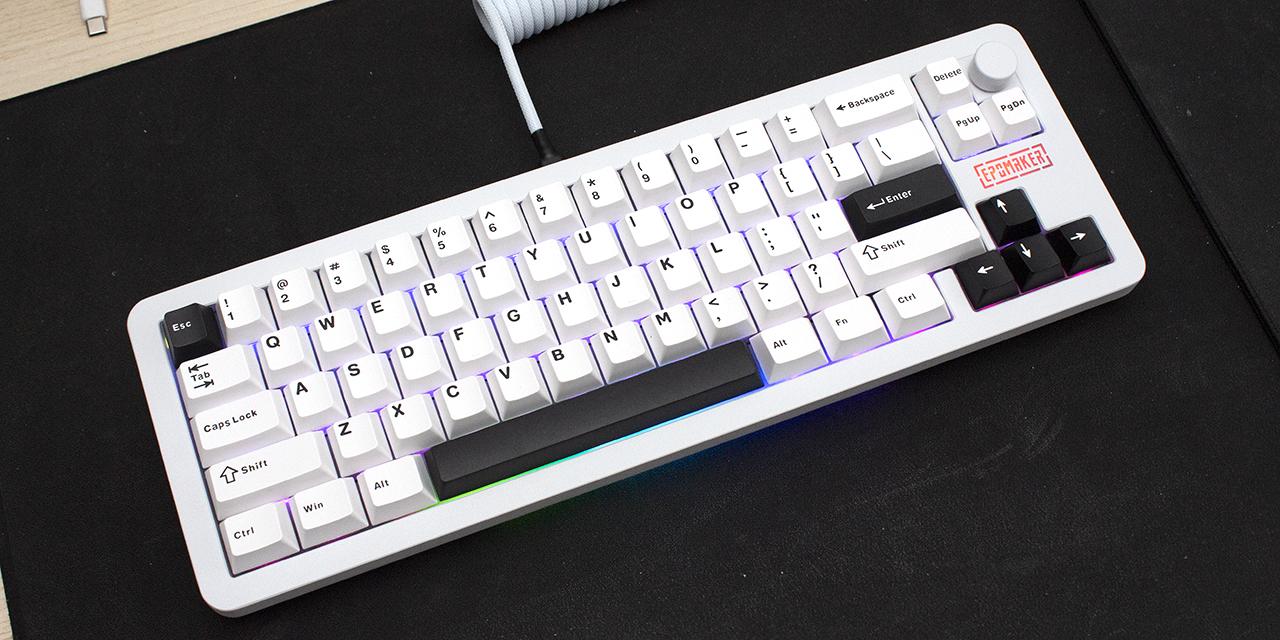|
From DailyTech: There has been a steady stream of leaks concerning Apple's next generation iPhone over the past few months. Pictures of the device's exterior, its new 4" screen, relocated headphone jack, and smaller dock connector have been prominently displayed for all to see. Now, however, Apple is ready to show the world the first "official" look at the iPhone 5 (Apple has stuck with the “iPhone 5” name despite the fact that this is the sixth generation iPhone). As expected, the phone comes packing a 4” 16:9 display with a resolution of 640x1136 (326 ppi). The display also uses “in-cell” technology that puts the capacitive touch sensors directly onto the LCD, allowing for a 30% thinner display. The display also has 44% more color saturation than the iPhone 4S. The increase in screen real estate means that the iPhone 5 now has six rows of home screen icons (including the dock) versus five rows on all previous iPhone models. Naturally, all of Apple’s native software applications (Safari, Mail, Calendar, etc.) have been updated to take advantage of the 4” display. The phone itself is made entirely of glass and aluminum and is 20% lighter than before at just 112 grams. The 7.6mm iPhone 5 is also 18% thinner than the previous iPhone 4S. As expected, Apple has finally added an LTE modem to the iPhone. Apple is quite late to the LTE smartphone game, as Android phones have been packing the technology for well over a year. The single-chip solution also includes support for EDGE, GPRS, EV-DO, HSPA, HSPA+, and DC-HSDPA. In the U.S., this means that the iPhone 5 will work on AT&T, Verizon Wireless, and Sprint networks. Once again, T-Mobile is left out of the loop. The iPhone 5 also packs a new Wi-Fi radio which supports 2.4GHz/5GHz 802.11n (no 802.11ac this time around). Apple says that it supports speeds up to 150Mbps. However, the heart of the iPhone 5 comes from the new A6 processor. Apple didn't get into specifics of how many cores or how fast the cores run, but it says that it has a twice the CPU performance and twice the graphics performance of the iPhone 4S. In addition, the actual A6 chip is 22% smaller than the A5. View: Article @ Source Site |
 |
Apple Announces LTE Equipped iPhone 5; Pre-orders Begin Sept. 14
© Since 2005 APH Networks Inc. All trademarks mentioned are the property of their respective owners.





